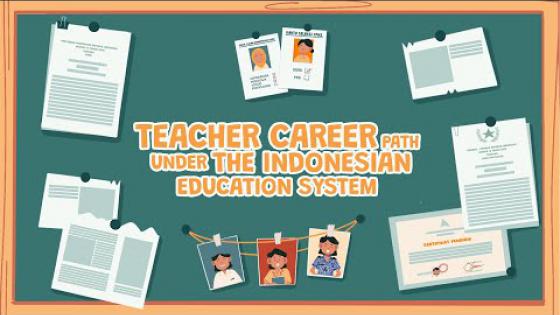Observation of teacher practice may provide information on whether learning takes place in the classroom. We develop this observation instrument to describe and investigate teaching practices of primary and secondary school teachers. The design of our instrument is drawn upon aspects of teaching from two national teacher evaluations and selected international observation instruments.
Our instrument consists of 8 key activities and 26 indicators. The eight key activities are (i) introducing a lesson, (ii) core activity in teaching, (iii) making connections in teaching, (iv) the use of learning materials by a teacher, (v) students’ participation in learning, (vi) assessment of learning process and outcomes, (vii) control of the classroom environment by a teacher, and (viii) concluding a lesson.
We present the most prevalent teaching practices in four themes: lesson structure, the structure and types of teacher-student interaction, questioning, and supportive classroom environment. These themes serve as observable proxies for learning. When the themes are used in conjunction with other data, such as student learning gain, student characteristics, and school level data, one can assess whether the absence of the themes would indicate poor student learning.
We acknowledge limitation in our instrument, such that the instrument may not capture how a teacher provides practice in the classroom, and that teaching themes in the scoring section may not completely satisfy individual interest in specific teaching practices. When using this instrument in data collection, we suggest to have an observer in the classroom and videotape the teacher while teaching.










